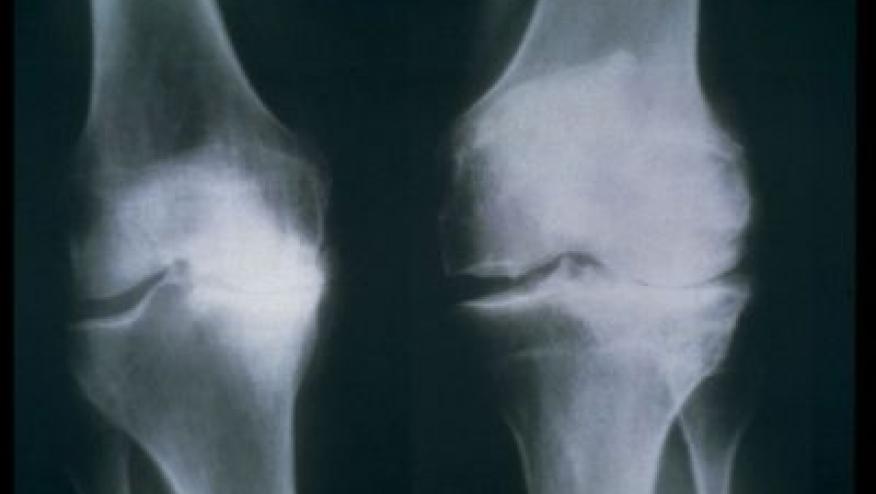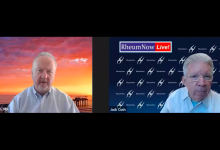Sprifermin Benefits Cartilage Loss but not Symptoms in Knee Osteoarthritis Save

Intra-articular sprifermin given to patients with symptomatic and radiographic knee osteoarthritis has been shown to significantly improve total femorotibial joint cartilage thickness after 2 years, but without significant clinical beneftis. Which begs the question, why is there a disconnect between radiographic disease modification (cartilage thickness) and symptomatic improvement?
Sprifermin, recombinant human fibroblast growth factor 18 (rhFGF18) (insulin-like growth factor 1 bone morphogenetic protein 7), is being developed as a potential anabolic disease-modifying agent for osteoarthritis (DMOAD).
The FORWARD trial enrolled 549 participants who were randomized to 30 μg or 100 μg of sprifermin every 6 or 12 months vs placebo.
Spifermin was given four ways - 100 μg of sprifermin every 6 months (n = 110) or every 12 months (n = 110), or 30 μg of sprifermin every 6 months (n = 111) or every 12 months (n = 110), and placebo every 6 months (n = 108). Each treatment consisted of weekly injections over 3 weeks. The primary end point was change in total femorotibial joint cartilage thickness measured by quantitative magnetic resonance imaging at 2 years.
At 2 years, 86.3% completed the 2-year follow-up. Compared with placebo, the changes from baseline to 2 years in total femorotibial joint cartilage thickness was:
- 100 μg every 6 months - 0.05 mm (95% CI, 0.03 to 0.07 mm)
- 100 μg every 12 months - 0.04 mm (95% CI, 0.02 to 0.06 mm)
- 30 μg every 6 months - 0.02 mm (95% CI, −0.01 to 0.04 mm)
- 30 μg every 12 months 0.01 mm (95% CI, −0.01 to 0.03 mm)
Clinically, there were no statistically significant changes from total WOMAC scores when comparing sprifermin vs. PBO.
It is unclear what benefit may ensue from MRI improvements without clinical benefits.










If you are a health practitioner, you may Login/Register to comment.
Due to the nature of these comment forums, only health practitioners are allowed to comment at this time.